Cactus Scab Treatment: Learn About Scab Diseases Of Cactus

Gardeners must be ever vigilant when it comes to diseases on their plants. Often, a speedy diagnosis can help prevent more damage. This is the case with scab of cactus. What is cactus scab? Read on to learn more.
What is Cactus Scab?
Cactus scab is particularly common on prickly pear cactus but can affect many other varieties. It is a form of edema, where something has stimulated an abnormal increase in the size of the cells. This results in strange patches on the skin of the plant. It occurs in many other plants too, such as:
Cracks, discoloration, dry scabby lesions? Identifying the issue is quite easy, although the appearance can be mistaken for sunscald or spider mite attacks. Initial signs of scab of cactus are pale yellow spots on the skin of the plant. These become irregular, corky, or rusty. Hence, the name corky scab. The whole effect looks like the cactus has a patch of eczema. Essentially, the cells in the epidermis are breaking and opening up, resulting in almost wound-like lesions. The oldest parts of the plant are usually the first to show signs, with young shoots rarely being affected until they mature. Some plants experience just a few patches, while others can become covered in them.
What Causes Corky Scab on Cactus?
It is believed to be caused by poor cultivation methods and once noted, can be halted before it damages any more of the plant. Corky scab on cactus is primarily an aesthetic disease, but it can have an economic impact on commercial growing. Luckily, the problem is easy to prevent by changing cultural methods. As one of the more common diseases of cacti, corky scab is thought to be the result of overwatering, low temperatures, and poor ventilation. It is most common in areas where there is abundant warm water in the soil and cool, moist temperatures. Other situations thought to stimulate the disease are high light, injury to the plant, chemicals, and poor drainage. Since most of these conditions can be controlled, cactus scab treatment relies upon changing the cultural situation and methods. Outdoor plants may need to be moved to a location where more control over wind, temperature, and ambient humidity is possible.
Cactus Scab Treatment
There are no sprays, drenches, or systemic preparations for cactus scab treatment. Avoid irrigating in cool, moist weather and ensure good drainage is occurring. Never let a cactus sit on a saucer in water. If plants are indoors or in a greenhouse, increase ventilation. Increase the temperature of the area in which the plant is being grown. Avoid fertilizing in fall and winter, and do not use a formula with high nitrogen content. Keep light bright but not above 14,000-foot (4,267 m.) candles, or lumens. If necessary, repot the plant into a fresh cactus mixture. Generally, going back to good cactus cultivation and ensuring good light, watering practices, and diminishing humidity will prevent any further corking and see your plant back on the road to optimum health.
Gardening tips, videos, info and more delivered right to your inbox!
Sign up for the Gardening Know How newsletter today and receive a free copy of our e-book "How to Grow Delicious Tomatoes".

Bonnie Grant is a professional landscaper with a Certification in Urban Gardening. She has been gardening and writing for 15 years. A former professional chef, she has a passion for edible landscaping.
-
 10 Common Composting Problems That Can Spoil Your Garden Gold – Plus Easy Fixes
10 Common Composting Problems That Can Spoil Your Garden Gold – Plus Easy FixesLearn how to troubleshoot common composting issues before they ruin your stash – from bad smells and bugs to materials not breaking down as they should.
By Susan Albert
-
 Terrifically Tubular Flowers For Hummingbirds: 9 Tube-Flowered Plants To Attract Hummers
Terrifically Tubular Flowers For Hummingbirds: 9 Tube-Flowered Plants To Attract HummersGrowing tubular flowers for hummingbirds helps you create the optimum feeding conditions for your winged friends. Here are nine tubed delights for hummers
By Tonya Barnett
-
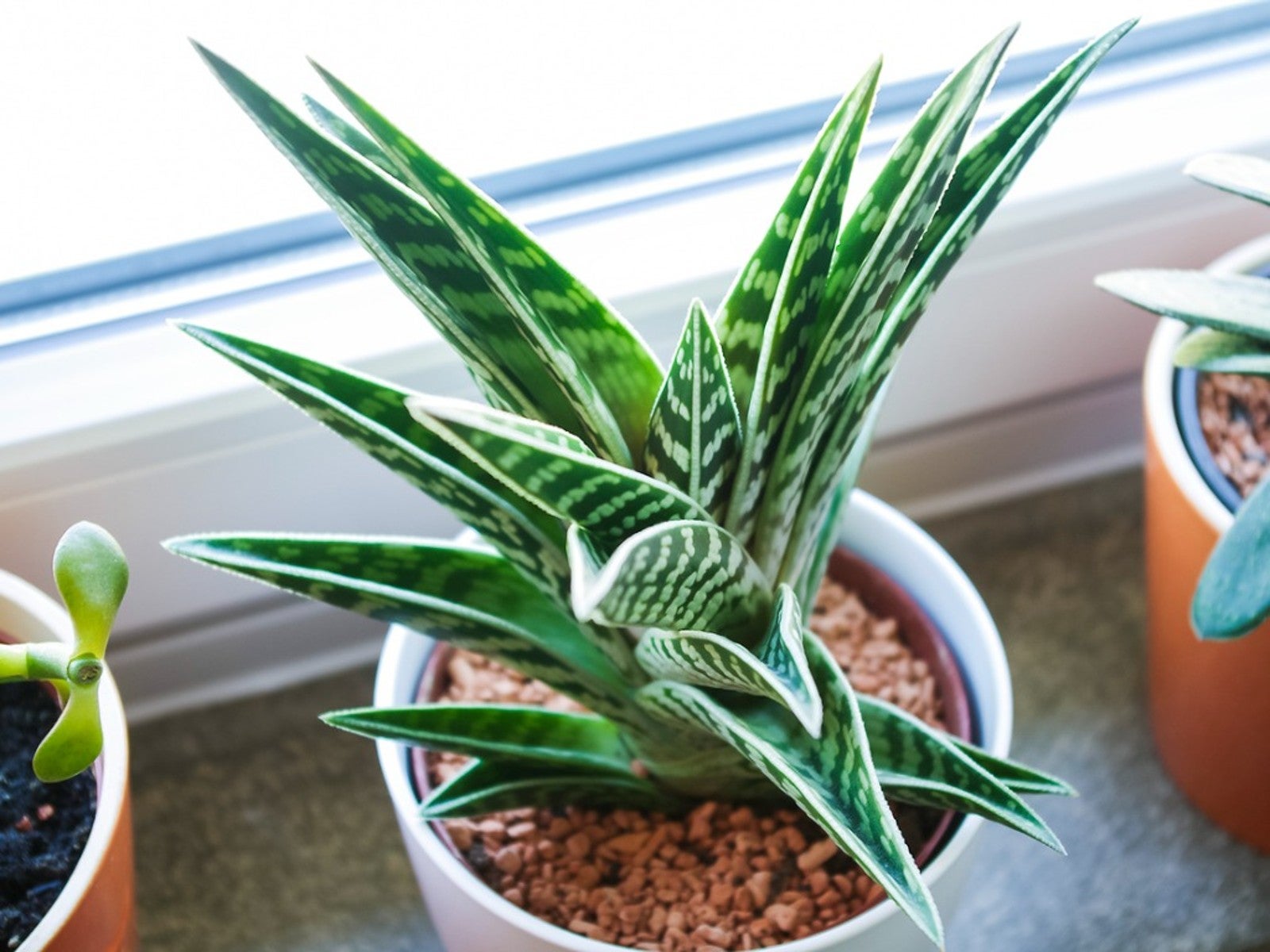 Variegated Succulents To Add To Your Plant Collection
Variegated Succulents To Add To Your Plant CollectionRead about some of the pretty variegated species that add beauty and interest to your succulent collection.
By Becca Badgett
-
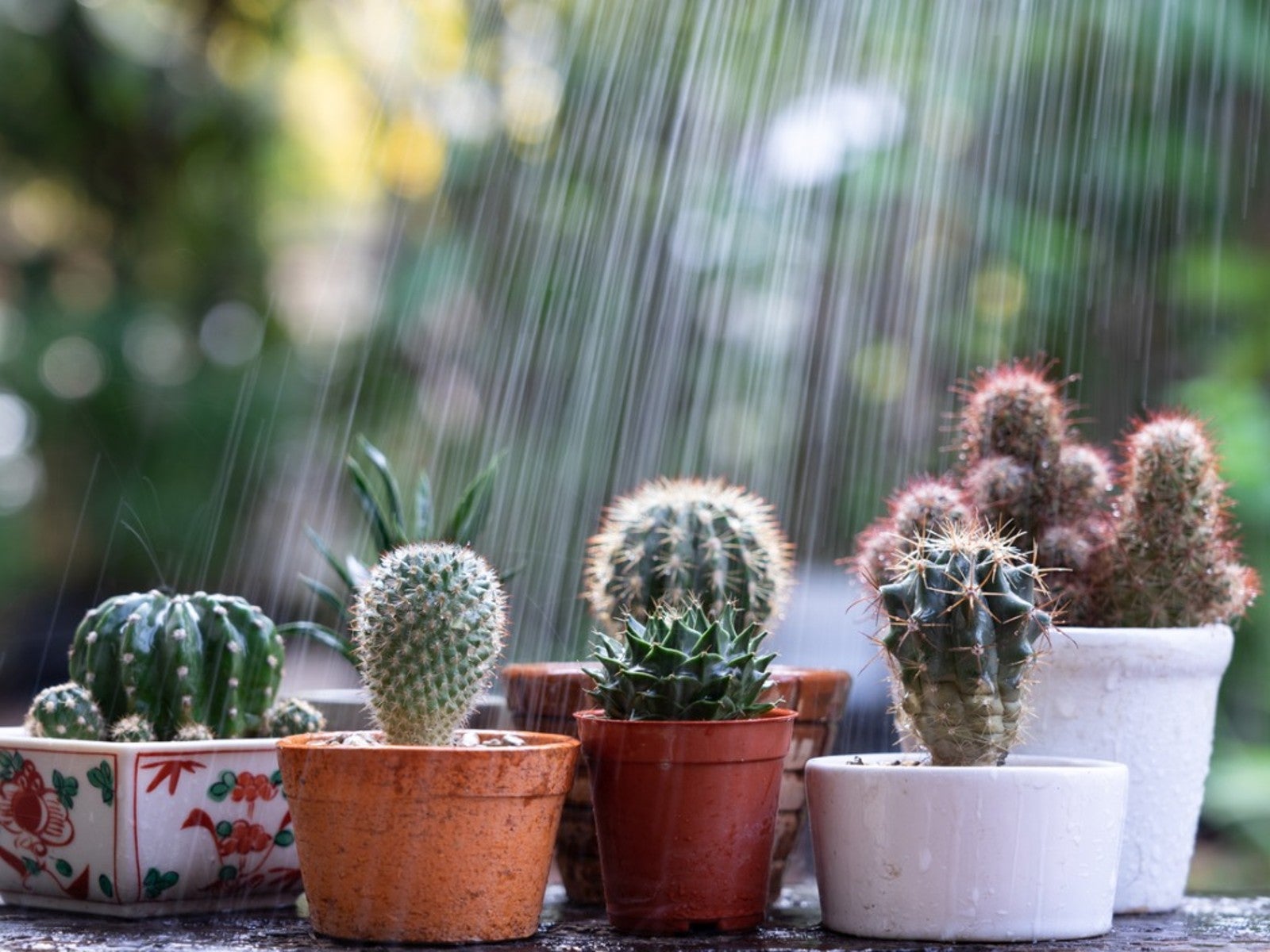 How To Protect Succulents And Cacti From Rain
How To Protect Succulents And Cacti From RainRain has the potential to cause damage to our cacti and succulents. However, when planted in proper soil, rainfall may perform as just a deep watering. Read on for more.
By Becca Badgett
-
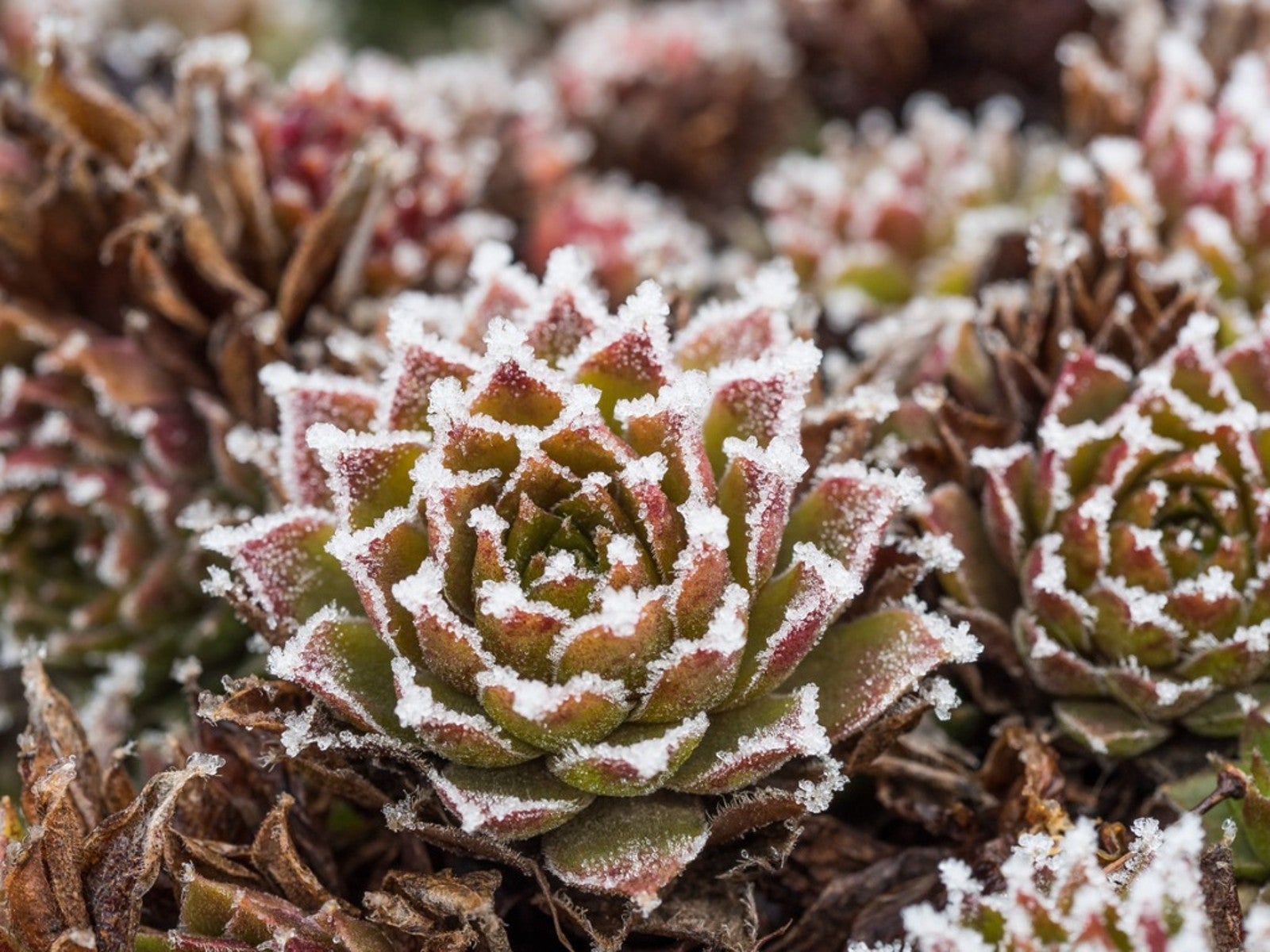 Succulents and Frost: How To Save A Succulent From Frost Or Freeze
Succulents and Frost: How To Save A Succulent From Frost Or FreezeCan succulents withstand cold? Succulents and frost don't traditionally go together and can result in damage, but you may be able to save frozen succulents.
By Bonnie L. Grant
-
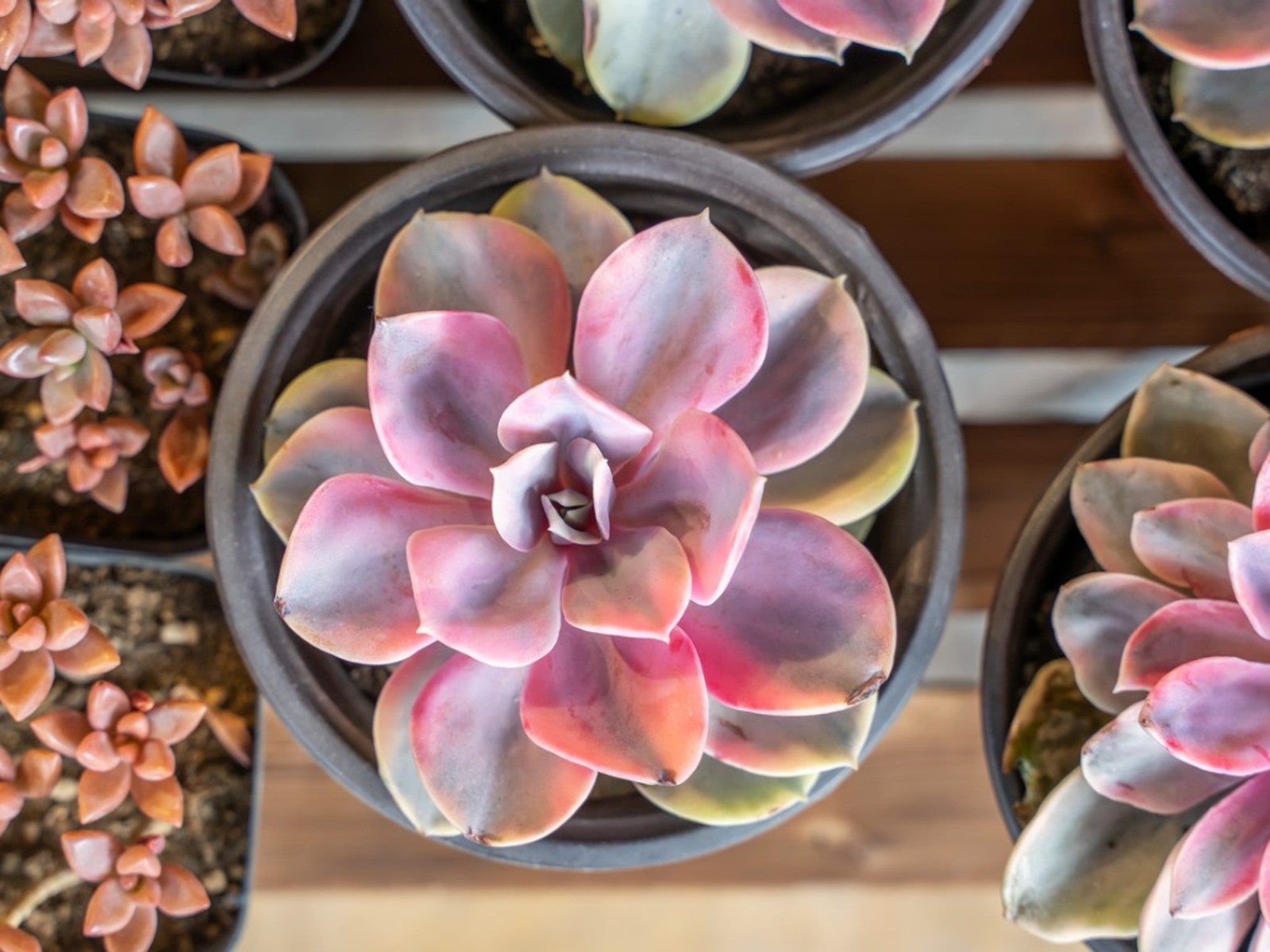 Pink Succulents Varieties To Try: How To Grow Perfect Pink Succulent Plants
Pink Succulents Varieties To Try: How To Grow Perfect Pink Succulent PlantsPink succulents may display the color on leaf edges or with streaks or blotches mingled throughout the foliage. Here are our favorites.
By Becca Badgett
-
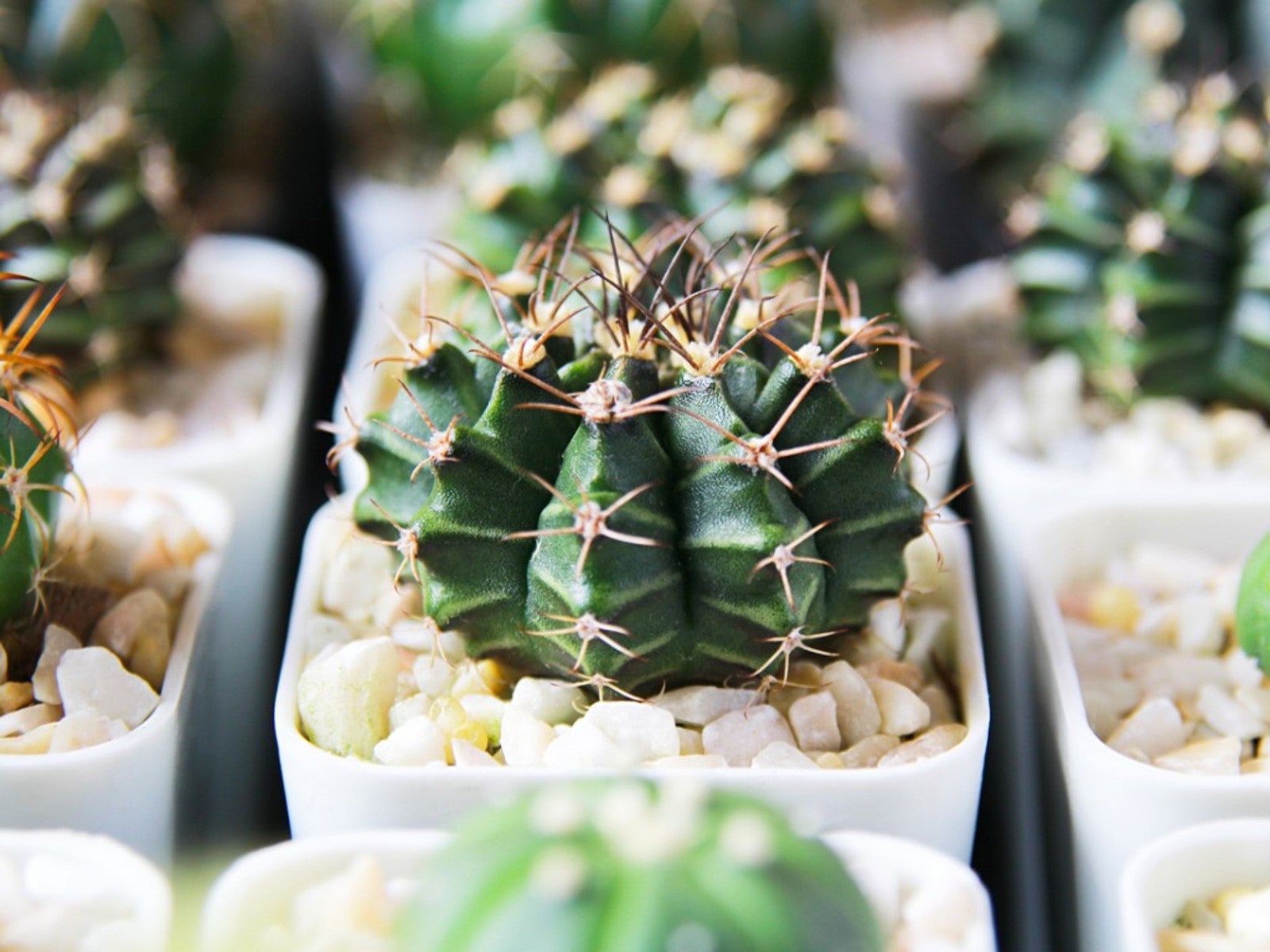 10 No Fuss Cacti - What’s The Best Low Maintenance Cactus
10 No Fuss Cacti - What’s The Best Low Maintenance CactusIf you’re thinking of adding plants to your collection, consider no fuss cacti. Click here for an easy cacti list, even for beginners.
By Becca Badgett
-
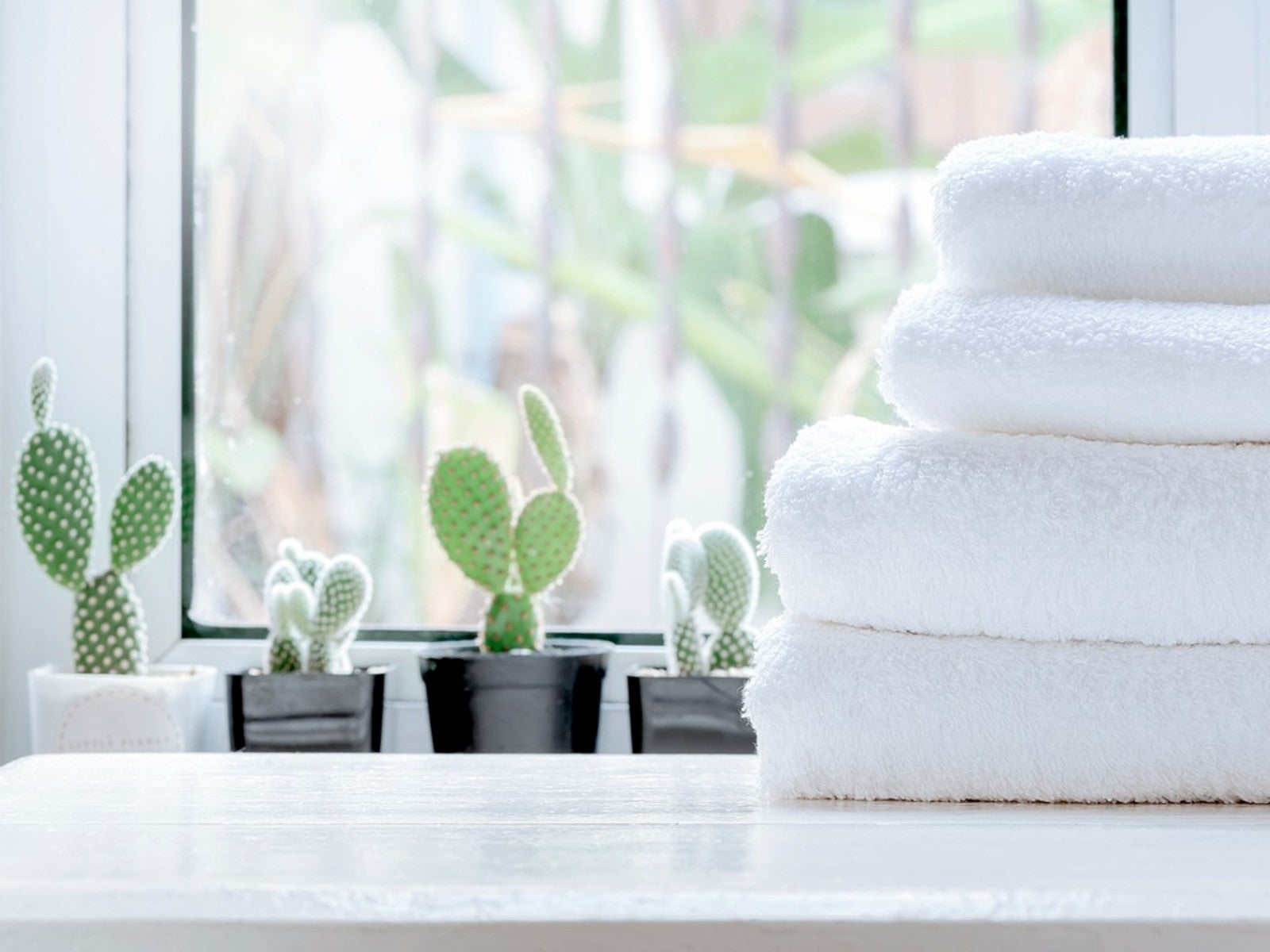 5 Best Succulents For A Bathroom
5 Best Succulents For A BathroomSome succulents can be great options for bathroom decoration. Read on for our top five bathroom succulent ideas.
By Becca Badgett
-
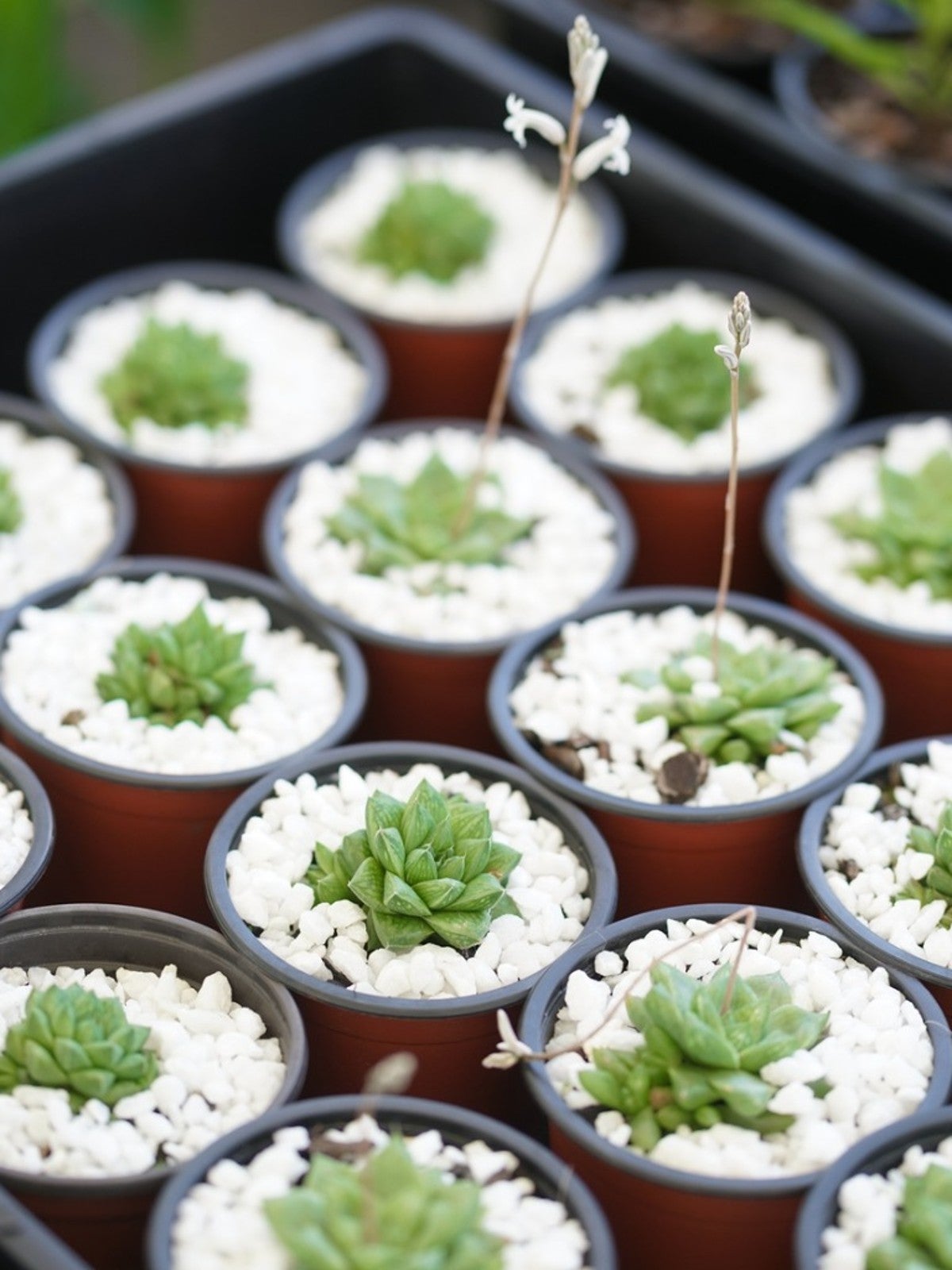 What Is A Succulent Starter Kit - Best Succulent Starter Kits
What Is A Succulent Starter Kit - Best Succulent Starter KitsWhile garden kits are not the most inexpensive option for growing succulents, they do include everything you’ll need. Grow succulents from seed by using a succulent seed starter kit to learn the process and to check your results.
By Becca Badgett
-
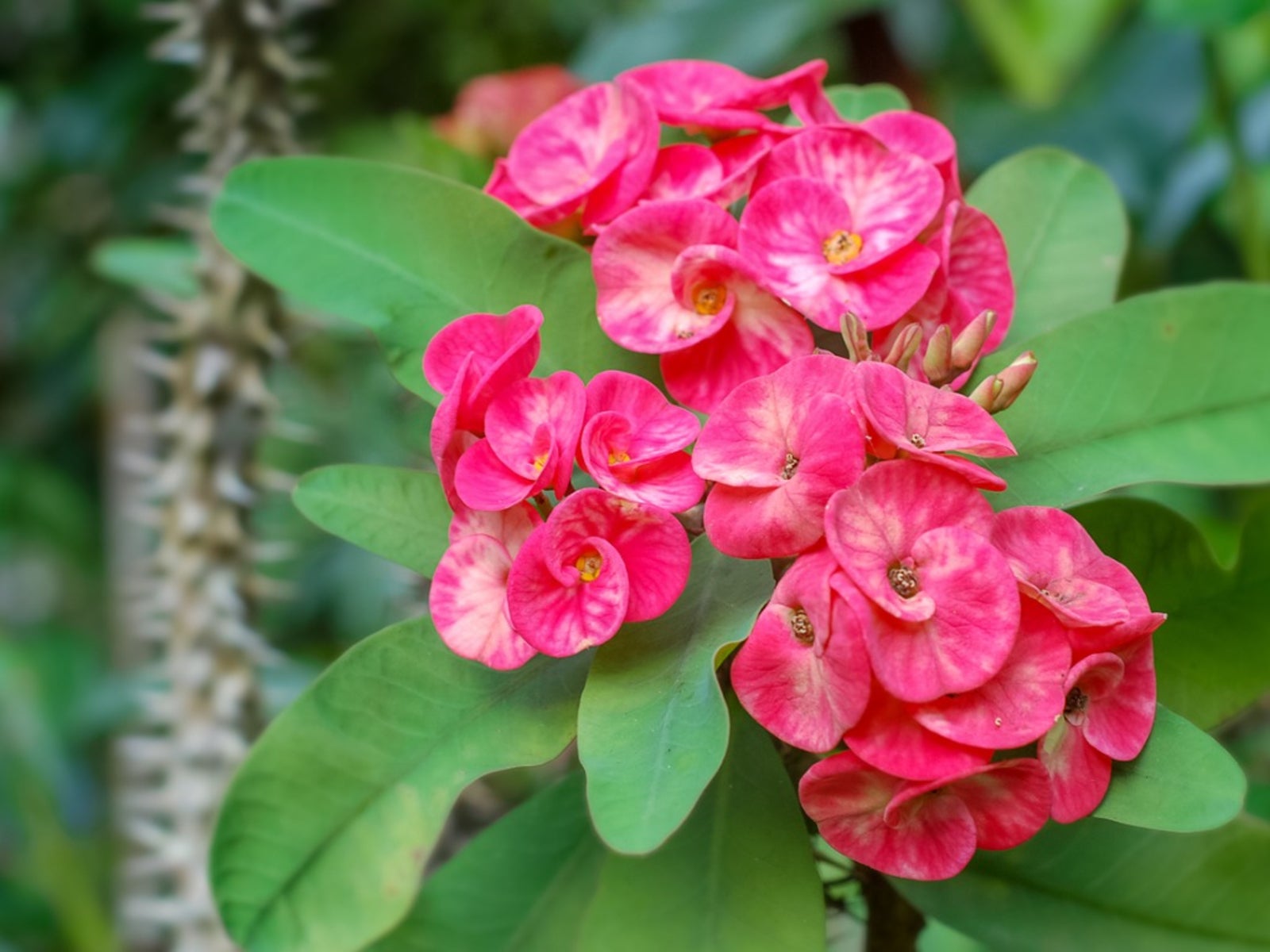 Dazzling Succulents - Succulents With Striking Flowers
Dazzling Succulents - Succulents With Striking FlowersWhen you think of succulents you may just envision their unique leaves and stems. But succulents also produce bright and bold flowers in the right conditions. Read on to learn more.
By Bonnie L. Grant